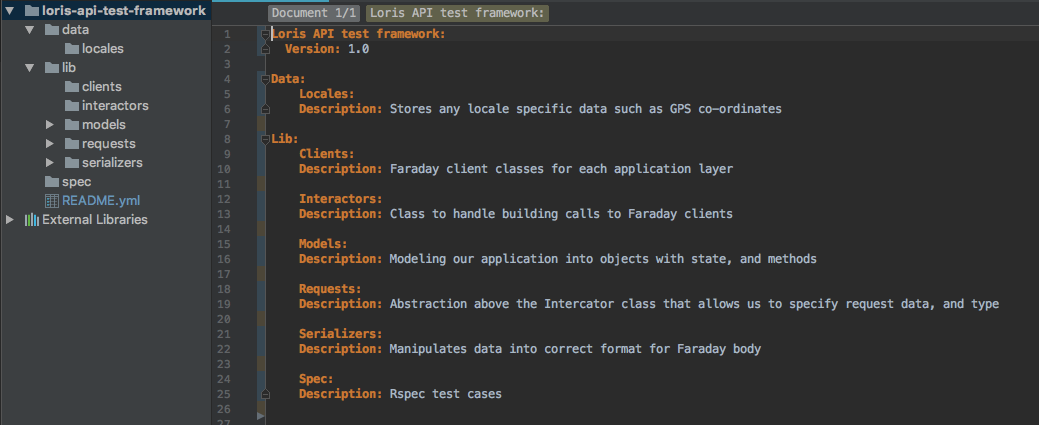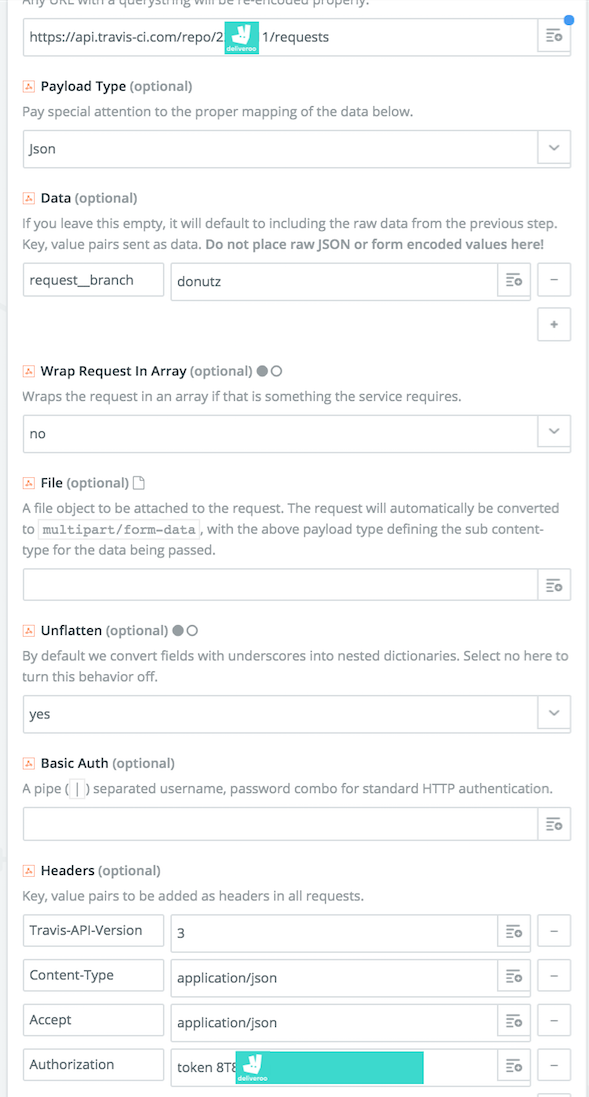Hackday and the £17 soda
We started at Deliveroo 4 months ago and have been building an API test framework which has now just completed stage 1.
TL/DR We’re pretty happy here at Deliveroo, we’re learning, we’re having fun, we’re doing it at pace. Soda == Doughnuts
So I better start from the beginning…
Joining Deliveroo Engineering back in November 2016 as two ex Yammer / Microsoft employees, Victoria Puscas and I have been been toiling away on the first stage of an API framework we’re attempting to inject into the deployment pipeline, and we’re happy to say stage 1 is now complete!
Before we talk a little more about the process, the next stage, and the hackday £17 soda we’d like to say a few things about our Deliveroo first impressions:
- Pace - Things are moving extremely fast at Deliveroo! We’re coming up to our third office move due to the growing number of engineers.
- Culture – our weekly company-wide lunch (lovingly named “the Hunger Games”), our rotating product team bakery challenge (“Bunday Monday” is a great start to the week), “Ride together” where our employees help the riders deliver food on Friday lunchtimes, “Game nights” from board games to Oculus Rift sessions, “Hack/Away days” where you can learn and hack to your hearts content. We have fun!
- Growth mindset - Training / Conference days, Speaker support groups, always learning!
- Data - Just wow! We’ve got data scientists doing some absolutely amazing work providing the business with razor sharp vision.
- Mindful - There’s a lot of passion and consideration for all things Deliveroo, from restaurants to Deliveroo Editions (delivery-kitchen concept), riders and improving their experience, and customers getting an exceptional meal!
So now onto Loris the API test framework
When we interviewed at Deliveroo we talked in depth to Dan Webb - our soon-to-be Manager - about testing, how we could help level up QAs, and an automated test framework we’d like to implement. We wanted to quickly model the critical end-to-end business flow that starts with the consumer and finishes at the delivery. Fortunately he liked our plan and we set to task.
Where did we start?
With the wonderful team of QAs who allowed us to pillage their test plans, and steal some of their valuable time. We went from team to team on a mission of discovery to understand what was the beginning and end of a Deliveroo order. It was a great way to meet the team, understand processes, and get our bearings.
As we collated documents, we configured our environments with mobile emulators, proxies, hooked into logging, poked and prodded endpoints, and got an understanding of the deployment process. Within 2 weeks a single spreadsheet with a simple list of 12 steps was created, and most importantly a discussion began on what we should call the new framework, with a tip of the hat to Yammer’s ‘Otter’ internal test framework, we chose a name which we thought was short, cute, and anything but slow - Loris, our soon to be slender API test framework.
Our first commit, the framework’s README.md, and manifesto include the following objectives:
- Aim to automate basic business flows, and regression scenarios
- No longer than 5 minute full test suite duration
- Shared ownership
- There are no gatekeepers
- It is not: a UI framework, dump for ALL test scenarios, mobile test framework
- Add a scenario if it is: a positive business flow, critical business flow
- Don’t add scenario for: valid/invalid data types, structure of payload, two service interaction, just a http response code, endpoint check without context
This allowed us to establish boundaries for what we valued in our framework, and set expectations for what we would deliver. These early discussions continue to help us prioritise work quickly and without much debate.
Now there’s one thing we really wanted to get right, and it sounds obvious, we aim to double our efforts with communication! I’ve seen frameworks implemented by contractors who spend a few days discussing what the team needs, disappearing for 3 months and slapping something on the table as they walk out for their South American adventure! That framework lasts about 2 months before it gets ripped out and re-written.
Communicating early and often with developers and QAs allows you to do two things: Tap into some serious talent to refactor your growing framework’s foundations, and begin levelling up your QAs from manual testers to automation gurus.
After 3 months we completed stage 1 which allows us to complete the full Deliveroo order end-to-end business flow in ~16 seconds.
It looks a little like this:

So what’s next for Loris?
We’ve just completed another milestone which is to run across 11 out of 12 countries (UAE has a different payment provider we’ll be automating soon), but this has our suite running in just under 5 minutes on a slow day, which means we hit our self-imposed limit for execution time.
To solve this we ended up moving from Travis to CircleCI which let us run across multiple nodes, bringing it back down to ~2 mins.
Loris is now well on the way to becoming her own service so we can become part of the deploy pipeline, and additional payment types are being implemented thanks to our new team member Pauric Ward.
The Hackday £17 soda
When your hackday hack brings you crosstown doughnuts everyone's a winner pic.twitter.com/vxtuyG0HiK
— Troy Harris (@TroyHarrisOz) March 26, 2017
Deliveroo ran its first engineering Hack Away day in early March which was smoothly organised by Engineering lead
Edd Sowden. There were multiple speaking tracks throughout the day ranging from ‘Future architecture’ with
Julien Letessier, to ‘Machine learning with Deliveroo Algos’ with Alessio Dore.
There was also time for some hacking, and this is where a £2.50 soda was purchased for £17.
Note:
- When pointing a test framework at PRODUCTION remove the £12 tip!
- Customer support is your friend when incorrectly placing an order
- POSTs via Zapier like repository IDs. Don’t use slug names, find your ID via the Travis CLI.
1. Controller
To fire off our doughnut order, and have our phone shout “DOUGHNUTS!”) we’ll use a bluetooth button to trigger our Travis build. Purchase your Flic.io bluetooth button
2. Triggering builds through Travis API
Read this: Travis triggering builds
Test build triggered with Curl:
body='{
"request": {
"branch":"donutz"
}}'
curl -s -X POST \
-H "Content-Type: application/json" \
-H "Accept: application/json" \
-H "Travis-API-Version: 3" \
-H "Authorization: token xxxxxx" \
-d "$body" \
https://api.travis-ci.org/repo/tastydeliveroo%2Fdonutz/requests
3. Flic bluetooth button Zapier integration
Read up on How to use Zapier webhooks
Add your Zapier integration

4. Point your API framework at Production
Press the button - ‘DOUGHNUTS!’ - What could possibly go wrong?
5. Consume doughnuts
Thank you Crosstown doughnuts!
